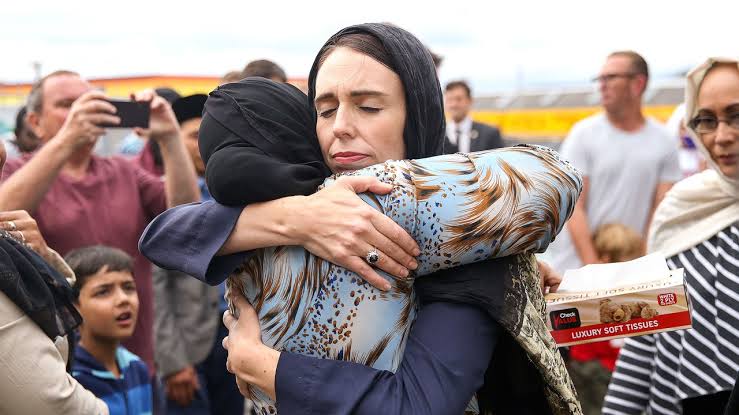Embracing meaningful change this Harmony Day
New Zealand PM Jacinda Ardern showing courage, grace and outstanding leadership in the wake of tragedy
In my experience Harmony Day is a day of food, fun and festivities where we celebrate our rich cultural diversity. In the majority of our organisations we are seeing significant cultural diversity of staff across the business, as reflected in Harmony Day celebrations. Yet research shows we still have a long way to go to enable that cultural diversity to be represented at the senior decision making levels of Australian business, government or education leadership.
Often on Harmony Day we also create safe spaces for our culturally diverse staff to share their personal experiences that are often inspirational and expand our thinking. These stories of lived experience can connect us at a deeper level. Listening to and understanding these lived experiences help us to become more inclusive leaders of culture and enables us to build trust to work together to create new solutions that are inclusive for everyone.
In tough times like we have experienced over the past week you hear well intentioned people publically state that we all need to focus on our similarities rather than our differences. Yet experience shows that this is not enough for us to reap the benefits of Australia’s rich diversity.
Diversity is about creating the mix - we have come a long way in achieving this, however it is inclusion that makes the mix work. Evidence shows we all have a role to play as inclusive leaders to help create work environments and communities that are safe, respectful and inclusive of us all.
Meanwhile, how many Australian leaders are demonstrating the inclusive leadership that we have seen this last week from NZ Prime Minister Jacinda Ardern, who I believe has magnificently role modelled the power of taking an inclusive leadership approach. She has demonstrated that she is a leader who:
genuinely cares about her people and enabling a respectful and inclusive community for everyone
has a vision of what a respectful and inclusive community looks like
shows the way by demonstrating powerful authentic leadership
steps up with courage and firmness to communicate this vision of respect and inclusion for all New Zealanders and role models it, welcoming others to join her to help create a safer and more inclusive future for everyone.
Her leadership style is inspirational in contrast to the divisive ‘us and them’ narrative we are still hearing too often from leaders across our Australian community that feed frustration, backlash and anger.
This week, I was also fascinated reading the latest research from the 2019 global PWC Diversity & Inclusion survey of organisations which found that of the 4 dimensions of effective D & I programs, Leadership engagement has been shown to make the biggest difference, a rate of 50%, in effective Diversity and Inclusion (D&I) programmes. However, it is also the one dimension that organisations consistently lag behind leading practice in, leaving a significant opportunity for improvement. As executives look to advance their D&I agendas, they should consider opportunities to increase accountability and visibility of senior leaders.
Based on my experience I think we also need to add middle managers to this list, ensuring that at all levels we value and leverage the different perspectives, skills and experiences of our culturally and linguistically diverse staff to help increase our business performance.
One of the things I love doing is educating and working with leaders and staff to equip them with the awareness, understanding, practical skills and confidence. This allows them to speak up and take inclusive leadership and bystander action to stamp out unconscious bias, harassment, discrimination, bullying and exclusion in our workplaces. Through these actions, we can value, embrace and leverage our workforce diversity to increase productivity and performance.
This Harmony Day, I encourage you to reflect on the following questions – adapted from the PwC Report, with a cultural and linguistically diverse lens added. Think about your D&I agenda, and whether you’re doing everything you can to make the most of your D&I investments while creating opportunity for current and future employees:
How does D&I, and the cultural and ethnic diversity of your workforce contribute to the delivery of business performance goals?
How are D&I and cultural and ethnic diversity considerations incorporated into business decisions on key topics such as customers, products, and location?
How are leaders held accountable for D&I results, including cultural and ethnic diversity?
What mechanisms are in place to monitor and respond to what is working - and what is not?
How effectively do programmes create a more inclusive environment, and not only a more diverse one?
For more information on how to achieve a diverse and inclusive culture so that all your people can thrive and do their best work, please contact me. You will receive a free copy of our self audit tool – Our Diversity & Inclusion Strategy Maturity Model to map your progress and identify your next steps.

